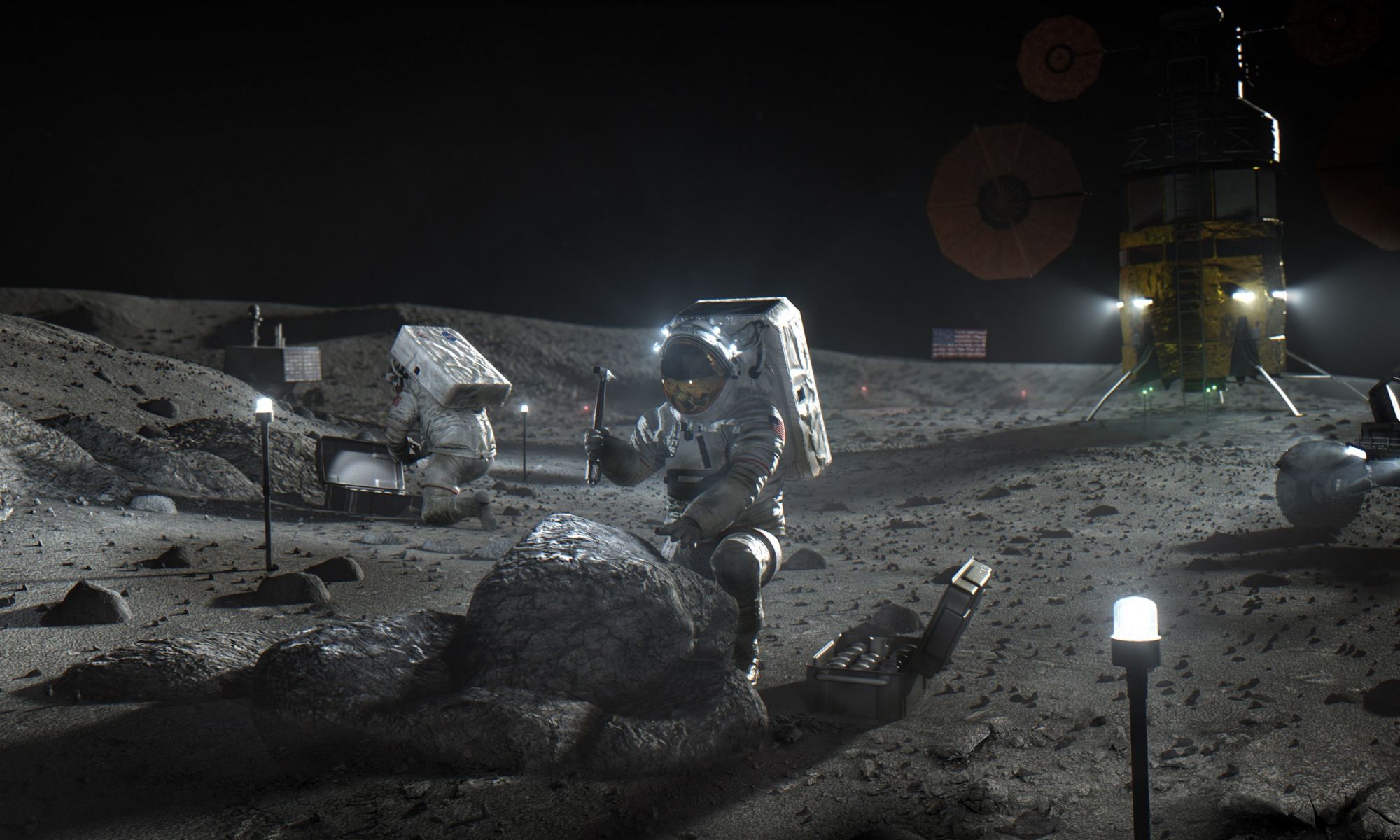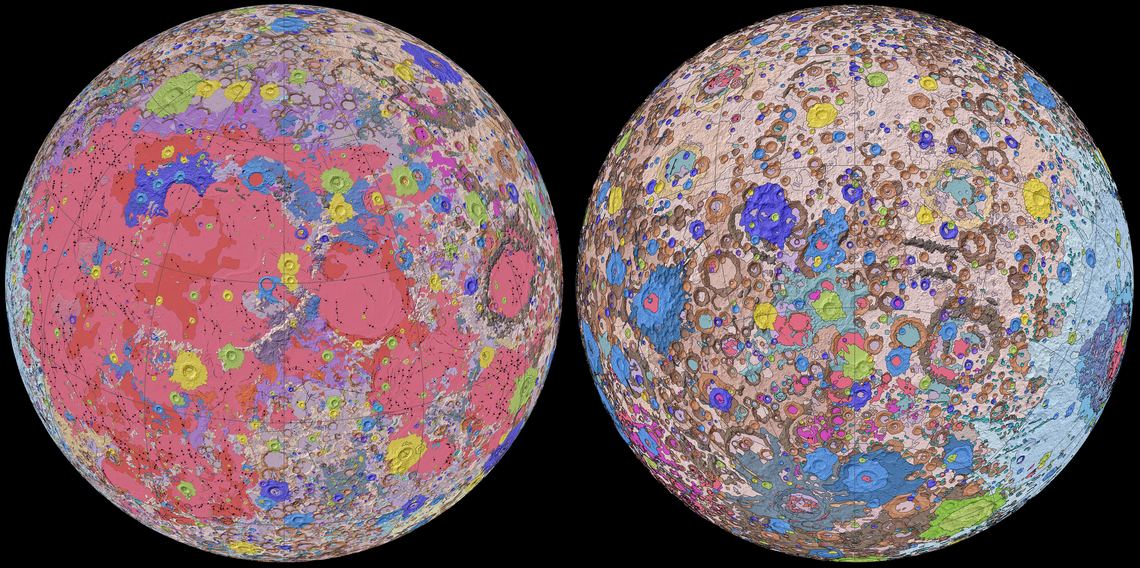In July 1999, the Space Generation Advisory Council (SGAC) was created with the purpose of representing the “Space Generation” to the UN Office of Outer Space Affairs (UNOOSA). For this non-governmental organization and professional network, this would consist of bringing the “views of students and young space professionals to the United Nations (UN), space industry and other organizations”.
Given the importance of the Moon for all of our future space exploration goals, SGAC created an interdisciplinary group in June of 2020 that is focused on lunar policy. Known as the Effective and Adaptive Governance for a Lunar Ecosystem (E.A.G.L.E.), this group of 14 young space professionals is dedicated to ensuring that the younger generation has a voice when it comes to the development of regulations for lunar policy.
On May 12th, 2021, the SGAC released the report prepared by the EAGLE group, which outlines their ideas and proposals for how we can ensure that the regulations governing lunar activities are inclusive, effective, and adaptative. It’s known as the Lunar Governance Report, a document that will be presented during the 2021 meetings of the UN Committee on the Peaceful Uses of Outer Space (COPUOS).
Continue reading “Move Over Artemis Accords! Behold the Lunar Governance Report and EAGLE Manifesto!”


